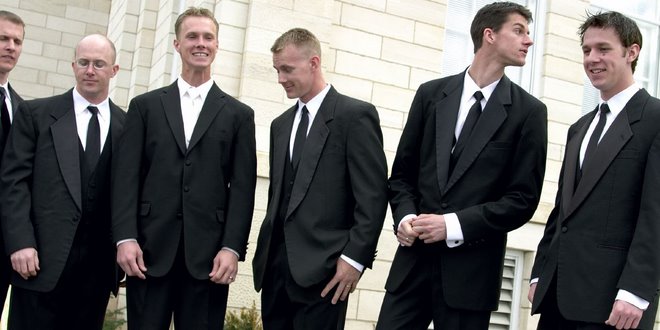skip to main |
skip to sidebar

Not much has changed since this lovely couple's wedding day.

Not much has changed since this lovely couple's wedding day.
Heywood Family Blogs (they wanna be as good as this one)
- Birthday List!
- And my soul hungered
- Jim Heywood Photography
- #1 Son Joe & Brandi
- #2 Son John & Sunni
- #3 Son Daniel & Karleigh
- Heywood Photography
- Daniel Heywood
- #4 Son David & Erin
- #5 Son Bryan & Bobbie
- #6 Son Brett & Sherrie
- #7 Son Eric & Kacie
- #8 Son Evan
- My Brother Hal & his family
- My Brother Larry (or is this my other brother Larry?)
- Brian & Terise Batte
- Jim & Carrie
- Carrie James Photography
- Marc & Courtney Plouffe
- Hal's Discussions
- Braden & Sadie Heywood
- Steve Heywood
- Paul & Lynda Modrell & family
- Joel Ashmore
- This Week in Photography



7 comments:
I know it's only a piece of dead wood, but it's beautiful (which is, of course, why you photographed it). A big part of why I love to work with wood is the enhanced awareness of the beauty of the wood as I handle and shape it. There's a greater connection than would otherwise be there, very similar to the greater connection and enhanced awareness felt when I pick up a camera.
I agree completely. And I believe that same philosophy holds true with most things we choose to "handle and shape." Working with kids, gardening, and the gospel all come to mind. The more we "get into" something, the more aware we become of its intrinsic value, or its singular beauty, or unique place in the world. Even if it's just a piece of dead wood.
This reminds me of a conversation I once overheard on hike up to a viewpoint to see Yosemite Falls. Lots of people were making the easy hike, so it would have been difficult to not overhear conversations. So one girl was talking about Ansel Adams (whom some regard as the greatest photographer ever), and her companion responded, "I don't understand some of his photographs - I mean one was of a dead tree. Just a dead tree."
i LovE whEn i doN't go ouTsidE the linEs when i coloR in mY coLerinG booK. bRyon
Dude, I want to douse it with gasoline and light it on fire!-dave
Speaking of Ansel Adams, I saw some of his prints at the Photography museum at Balboa Park.
Are you familiar with Arthur Lavine's work? There was a collection of his prints at the Museum of Photographic Arts at Balboa Park. I really liked his stuff. Kind of an Ansel Adams of city life photography, the same tonal range of blacks and whites. Go to: http://www.photoarts.com/lavine/ -- it's a site with his work, although the jpeg images do not look anywhere near what the actual prints look like. Not even close. Which reminds me, the Ansel Adams photo you posted on your blog a while back as an example of the dodging and burning he went through to get the final image, that photo was at the museum too with about a dozen others. The actual print, while not my favorite, although I liked it, was far and away better than the jpeg.
I think my brain just exploded.
I looked at Lavine's stuff at the site you posted. I started in the 40's and worked through the 00's (how do you say that?) and noticed a dramatic evolution in his work. His early style was more like snapshots, then more like documentary, then in the 00's he shoots design elements he saw in man-made structures and nature. I liked it.
Post a Comment